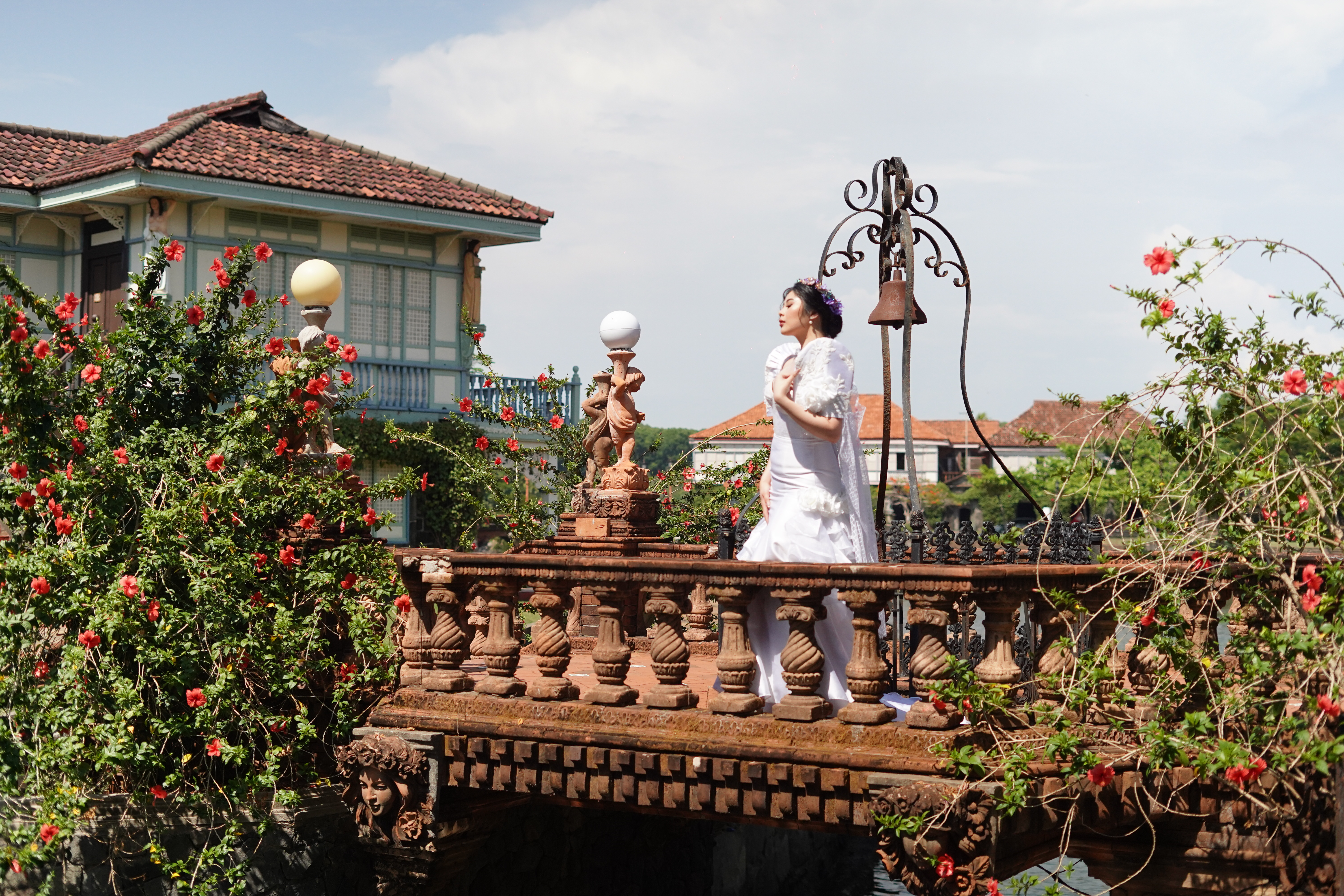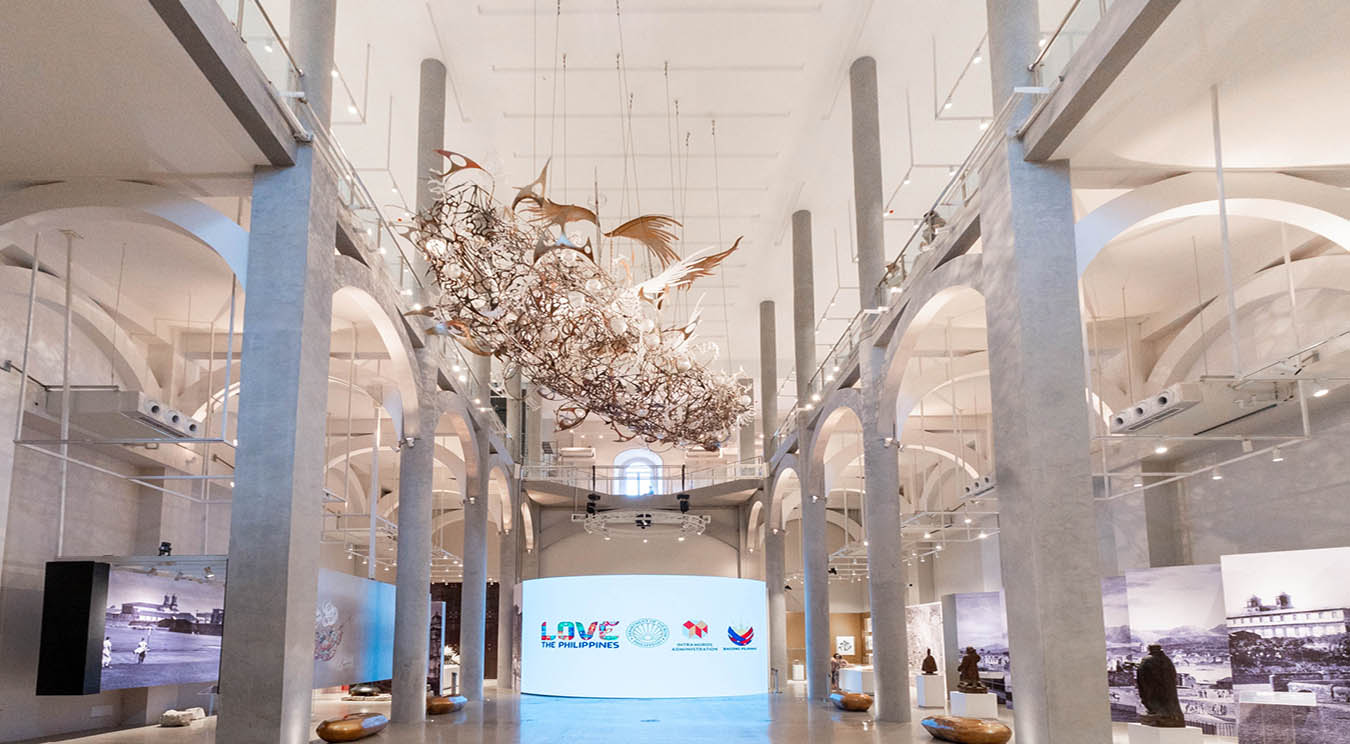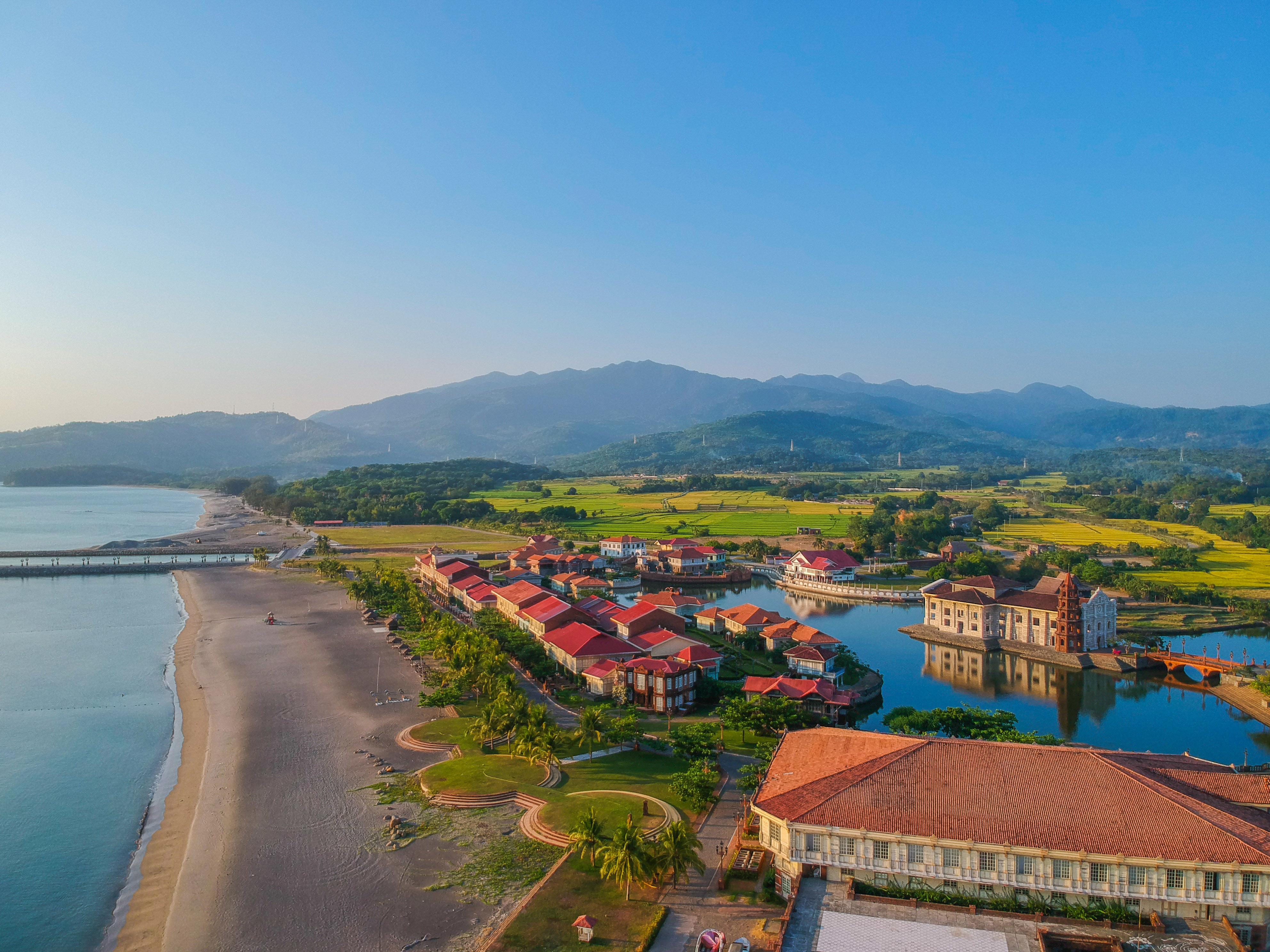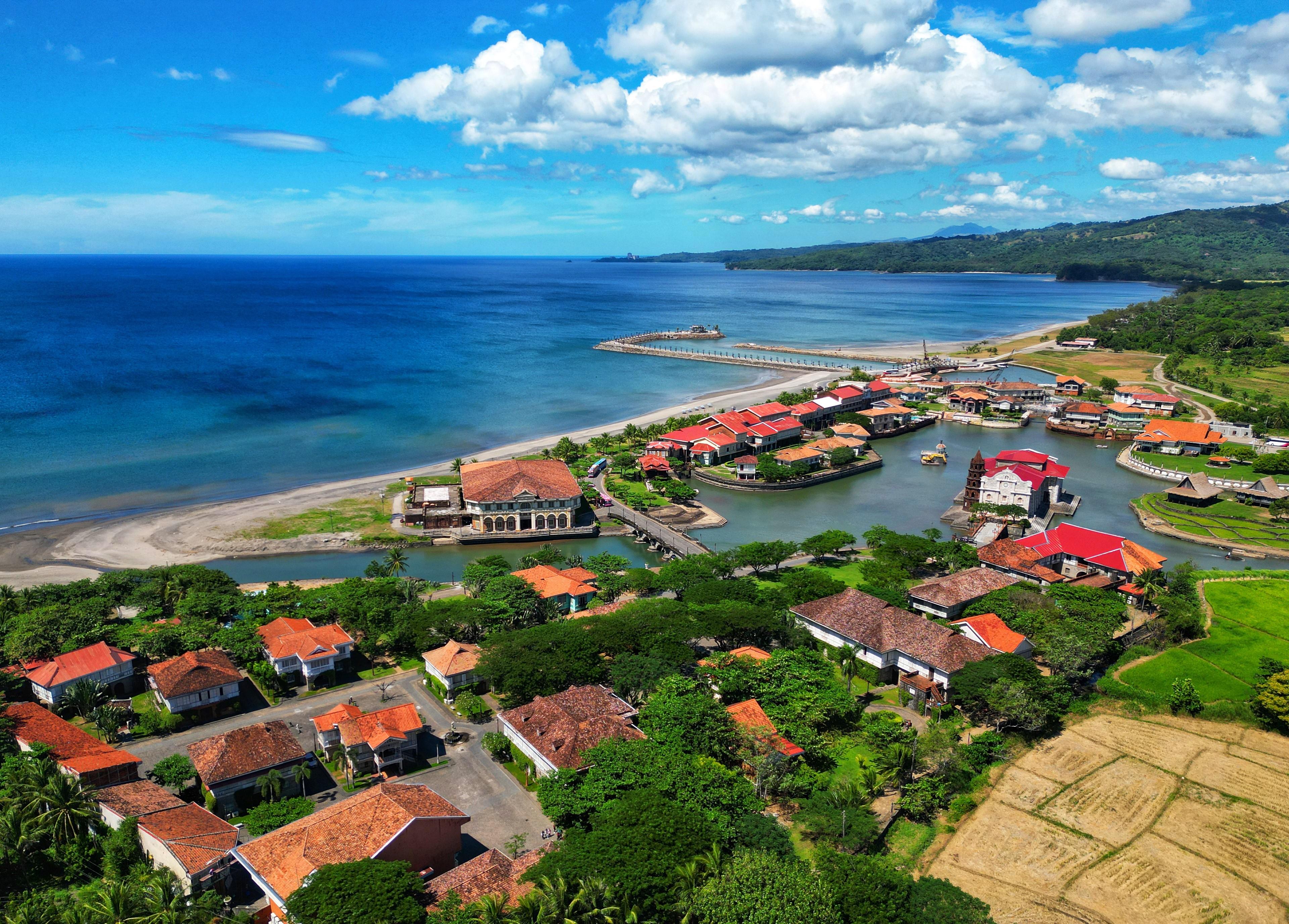Biri Island Rock Formations, Northern Samar
Beyond the sun-soaked beaches and bustling cities, the Philippines harbors a treasure trove of historical sites that remain off the typical tourist radar. From ancient caves that rewrote human history to Spanish-era lighthouses standing sentinel over turquoise seas, these lesser-known destinations offer intrepid travelers a chance to step back in time and experience the rich tapestry of Philippine heritage. Join us as we embark on a journey to uncover five of the archipelago’s most captivating yet overlooked historical landmarks.
Biri Island Rock Formations, Northern Samar
Historical Significance: These magnificent rock formations have stood as silent sentinels for centuries, shaped by the relentless forces of wind and water. While not a man-made historical site, the Biri Island formations provide insight into the geological history of the Philippines.
Interesting Facts:
The rock formations are named after their shapes: Magasang, Magsapad, Macadlaw, Puhunan, Bel-at, and Caranas.
Local folklore attributes the creation of these formations to giants who once inhabited the island.
How to Get There: From Manila, fly to Catarman, Northern Samar. Take a jeepney or van to Lavezares port, then a boat to Biri Island. The rock formations are accessible by tricycle or habal-habal (motorcycle taxi) from the town proper.
Kalanggaman Island, Leyte

Historical Significance: While primarily known for its pristine beauty, Kalanggaman Island played a role in the early Spanish exploration of the Philippines. It is believed that Ferdinand Magellan’s fleet anchored near the island during their circumnavigation of the globe in 1521.
Interesting Facts:
The island’s name comes from the Cebuano word “langgam,” meaning bird, due to its shape resembling a bird in flight.
Despite its small size (only about 0.5 km long), the island boasts a lighthouse that has guided ships for decades.
How to Get There: Fly to Tacloban City, then take a van to Palompon. From Palompon port, boats regularly depart for Kalanggaman Island.
Callao Cave, Cagayan

Historical Significance: Callao Cave is an important archaeological site where the remains of Callao Man, possibly the oldest known human remains in the Philippines (dating back to 67,000 years ago), were discovered.
Interesting Facts:
The cave system consists of seven chambers, with the first chamber converted into a chapel with a natural skylight.
In 2019, a new species of ancient human, Homo luzonensis, was identified based on fossils found in the cave.
How to Get There: Fly to Tuguegarao City, then take a jeepney or tricycle to Peñablanca. From there, hire a boat to cross the Pinacanauan River to reach the cave entrance.
Guisi Lighthouse, Guimaras

Historical Significance: Built in 1894 during the Spanish colonial era, the Guisi Lighthouse is one of the oldest lighthouses in the Philippines. It played a crucial role in guiding ships through the Guimaras Strait.
Interesting Facts:
The lighthouse was designed by Guillermo Brockman, a Spanish engineer who designed several other lighthouses in the Philippines.
Although no longer functional, the ruins of the original lighthouse and keeper’s house still stand, offering a glimpse into 19th-century maritime history.
How to Get There: From Iloilo City, take a ferry to Jordan Wharf in Guimaras. From there, hire a tricycle or jeepney to Nueva Valencia, then another tricycle to Guisi Beach where the lighthouse is located.
Banton Island, Romblon

Historical Significance: Banton Island is home to the Banton Cloth, the oldest known woven textile in Southeast Asia, dating back to the 13th century. The island also features ancient burial caves and Spanish colonial-era structures.
Interesting Facts:
The Banton Cloth was discovered in a wooden coffin inside one of the island’s burial caves.
The island is surrounded by well-preserved coral reefs, some of which contain Spanish colonial-era shipwrecks.
How to Get There: Fly to Tugdan Airport in Tablas, Romblon. Take a jeepney to San Agustin port, then a boat to Banton Island.
These hidden gems offer a unique perspective on Philippine history and culture. By venturing off the usual tourist track, visitors can discover the depth and diversity of the country’s heritage.






